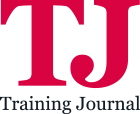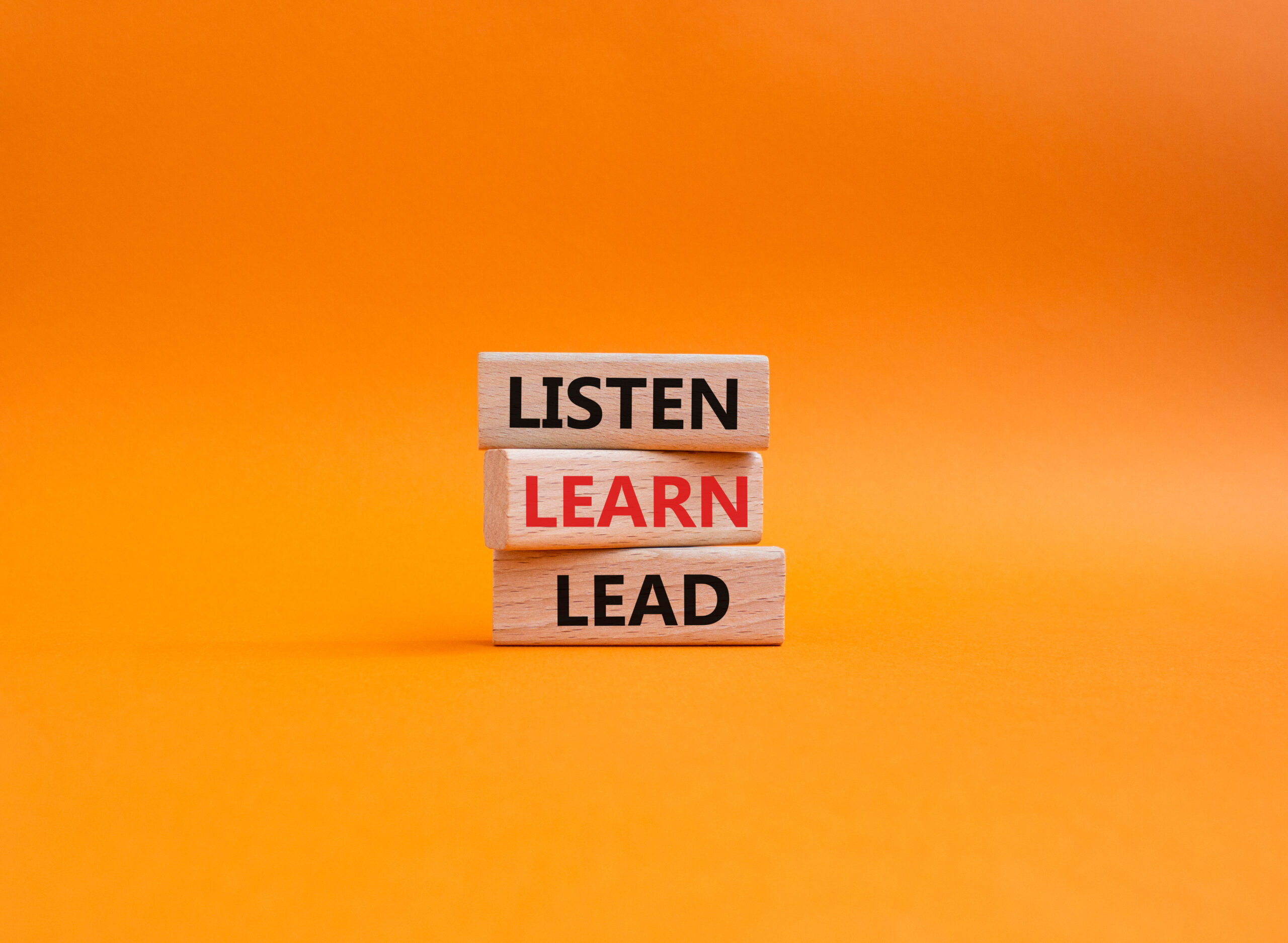Steve Macaulay and Sarah Cook explore how HR and L&D professionals can create high-performing teams using proven models, practical strategies, and the human skills that bring them to life. This guide blends research, emotional intelligence, and real-world tools to build team cultures of trust, growth, and sustained collaboration.
Team building is essential for fostering strong, effective organisations. HR and L&D professionals play a crucial role in driving collaboration, innovation, and growth. Conversely, dysfunctional teams can hinder progress and divert focus from organisational goals. This guide offers practical strategies to put high-performing teams at the forefront of the organisation, backed by proven frameworks.
Key elements in understanding teams
HR and L&D professionals have a key role to play in encouraging effective team performance. They must understand team dynamics to enhance communication, reduce conflict and strengthen recruitment, onboarding, and training efforts. Key elements include:
- Recruitment and onboarding: Align new hires with team roles to complement existing members and enhance teamwork from the start
- Team assessments: Use tools like Belbin Team Roles to create balanced teams and encourage discussions on collaboration
- Team formation: Balance different team roles to ensure a well-rounded, high-functioning team
- Collaboration and conflict resolution: Coach team members to adapt their approaches for improved relationships and effectiveness
- Development of mature teams: Continuously monitor and refine team performance to align with evolving organisational needs
The human element of team building: Key skills
The human side of team building requires skills such as empathy, adaptability, and connecting with people. While developing high-performance teams draws upon some tools and methods, the practice of team building primarily uses skills and emotional intelligence to develop teams through their complex challenges.
- Emotional Intelligence (EQ)
A team leader needs to be able to read the room and pick up unspoken emotions. By being empathetic and supportive, HR and L&D can create an environment where team members feel valued and understood - Adaptability
Every team is different. Being flexible and adjusting your approach to suit the unique needs of each team is key. Whether it’s leading a brainstorming session or helping resolve conflict, adaptability is crucial - Storytelling and vision
To inspire teams, team leaders often need to connect individual roles to a bigger picture. Crafting a shared vision motivates people and gives them a sense of purpose - Cultural sensitivity
In diverse teams, understanding and respecting different backgrounds is key. Embracing diversity helps teams feel inclusive and valued - Conflict resolution
Conflict is natural. What matters is how it’s handled. Dealing with conflict in a way that strengthens relationships (using diplomacy, tact, and sometimes humour) helps teams grow stronger - Intervention skills
Sometimes, the best decisions come from trusting your judgement and intervening in team situations to make explicit unspoken matters. Experience and instinct can guide you through tough team situations
Understanding team dynamics: Models and frameworks
Team building is more than just ‘chemistry’, whether teams have it or not, it’s based on solid frameworks and methods, coupled with applied skills. By using frameworks, skills and strategies, professionals can improve team dynamics and performance: they can be valuable for team facilitators and for creating a common understanding of what is going on in the team and how to move forward. Here are some of them:
- Psychological frameworks
Models like Tuckman’s Stages (forming, storming, norming, performing) and motivation theories help understand how teams develop and what motivates each person. Using these frameworks at the right time can help teams spot opportunities, get through challenges and point towards solutions - Personality assessment tools
Using personality assessments that are based on empirical evidence help teams understand each other’s strengths, weaknesses, and communication preferences. This ensures everyone is in a role that fits their abilities and helps improve collaboration - Tracking performance
Using KPIs (Key Performance Indicators) to measure team progress helps identify areas of improvement and success. This allows HR and L&D professionals to make data-driven decisions to support team performance - Structured team performance methods
Specialist techniques like Agile, Scrum, and Six Sigma provide clear steps for organising work in teams, boosting team efficiency, and reducing unnecessary delays - How people work together
Understanding how people work together helps HR and L&D create environments where people feel safe and can communicate and collaborate well. By understanding favourable and unfavourable team settings, it can help boost trust, reduce stress, and spark creativity
Practical strategies for strong team performance
Here are some practical and tangible strategies for building high-performing teams. These combine both knowledge and skills. The following can also be used as a checklist for high performance teams.
Set clear team goals: Make sure everyone knows what the team is working towards. Use SMART goals (Specific, Measurable, Achievable, Relevant, Time-bound) to give the team clarity and direction.
Clarify roles based on strengths: Understand each team member’s strengths and assign roles accordingly. Use tools like Belbin’s Team Roles or science-based personality assessments to align roles with individuals’ strengths.
Build trust through open communication: Foster trust by keeping communication open. Regular check-ins, feedback, and technology tools like Slack or Microsoft Teams help create transparency and reduce misunderstandings.
Embrace diversity: Diverse teams are more creative and often make better decisions. Encourage different perspectives and create an inclusive environment.
Encourage collaboration: Team-building activities, such as problem-solving exercises, workshops, and social events, can strengthen relationships and teamwork.
Maximise efficiency with structured processes: Use methods like Agile or Lean to streamline workflows, reduce bottlenecks, and make sure teams focus on high-impact tasks.
Foster accountability: Encourage team members to take ownership of their work. Set clear expectations, track progress, and give regular feedback to keep everyone on track.
Invest in continuous learning: Ongoing training helps teams stay up-to-date and handle new challenges. Cross-functional learning and mentorship programmes help build cohesion across teams.
Address conflicts early: Handle conflicts as soon as they arise. Early resolution prevents problems from escalating and improves overall team performance.
Google’s Project Aristotle: Insights on team success
Google’s Project Aristotle examined what makes a successful team in the organisation. It showed that psychological safety is key to team success. Many organisations have since applied Project Aristotle’s findings to seek to improve their team culture by fostering psychological safety, as well as ensuring clarity in goals, and promoting a sense of purpose among employees. Creating psychological safety, feeling free to speak out in teams, is critical. This is no easy task that requires empathy and trust-building within the team, built up by taking a series of linked actions spelt out as follows:
Addressing challenges in team building
It is likely you will hit one or more challenges when facilitating the development of a high-performance team. Don’t give up! The issues described below are not insurmountable and facing up to them will put you in a better place in the future.
- One major obstacle is resistance to change, where employees may feel uncomfortable with new structures or processes. To overcome this, it’s important to clearly communicate the benefits of team-building initiatives, involve team members in the planning process, and start with smaller changes that ease them into the transition. Building trust and fostering open dialogue also helps in addressing this resistance
- Another common issue is conflicting team personalities, which can cause friction and disrupt collaboration. HR and L&D professionals can tackle this by using quality personality assessments to collectively better understand individual traits and contributions. Creating clear communication guidelines, promoting empathy, and offering conflict-resolution training will help teams embrace diverse personalities and work together more harmoniously
- Additionally, proving the success of team-building initiatives can be challenging due to the difficulty in measuring intangible outcomes. Setting clear, measurable goals, gathering feedback through surveys, and tracking team metrics are effective ways to demonstrate the impact of these activities
- Finally, overcoming other challenges, such as lack of participation, time constraints, and sustaining momentum, requires flexibility and adaptability. For lack of participation, choosing engaging activities and offering incentives can encourage involvement. Micro-team-building exercises and integrating team-building into daily work can address time constraints, while follow-up activities and continuous feedback loops help sustain momentum
Blending knowledge and skills for effective team building
The secret to successful team building is combining research-backed and practical strategies with the human touch through interpersonal skills development. The knowledge element provides structure, but the skills are essential to oil the wheels and help teams feel connected and motivated.
The facilitator also needs to create a safe and engaging space for team members to collaborate so that this becomes a meaningful experience. Developing key skills for collaboration within the team requires coaching and individual development.
Suggested ways to move teams forward
To move teams forward, we suggest initiating a planned analysis and action approach
Action plan: Conduct team effectiveness surveys
1) Use anonymous surveys to assess teams
- Levels of trust
- Communication effectiveness
- Conflict resolution
- Psychological safety
2) Analyse development needs
- Consider organisation level and individual teams
3) Implement team-building initiatives
- Feedback and agree development areas and implement chosen initiatives and target areas.
4. Measure and review progress
Human skills for culture change
Building effective teams requires both knowledge and skills. As HR and L&D professionals, you can add a lot to how an organisation fits together by being proactive: use research, frameworks, and structured processes to create a strong foundation for teams.
But it’s the human touch, with the skills of empathy, adaptability, and emotional intelligence, that helps teams thrive. By combining both aspects, you can boost team collaboration, productivity, and growth, while creating a culture of trust, accountability, and continuous improvement.
Steve Macaulay is an Associate of Cranfield Executive Development
Sarah Cook is Managing Director of The Stairway Consultancy




